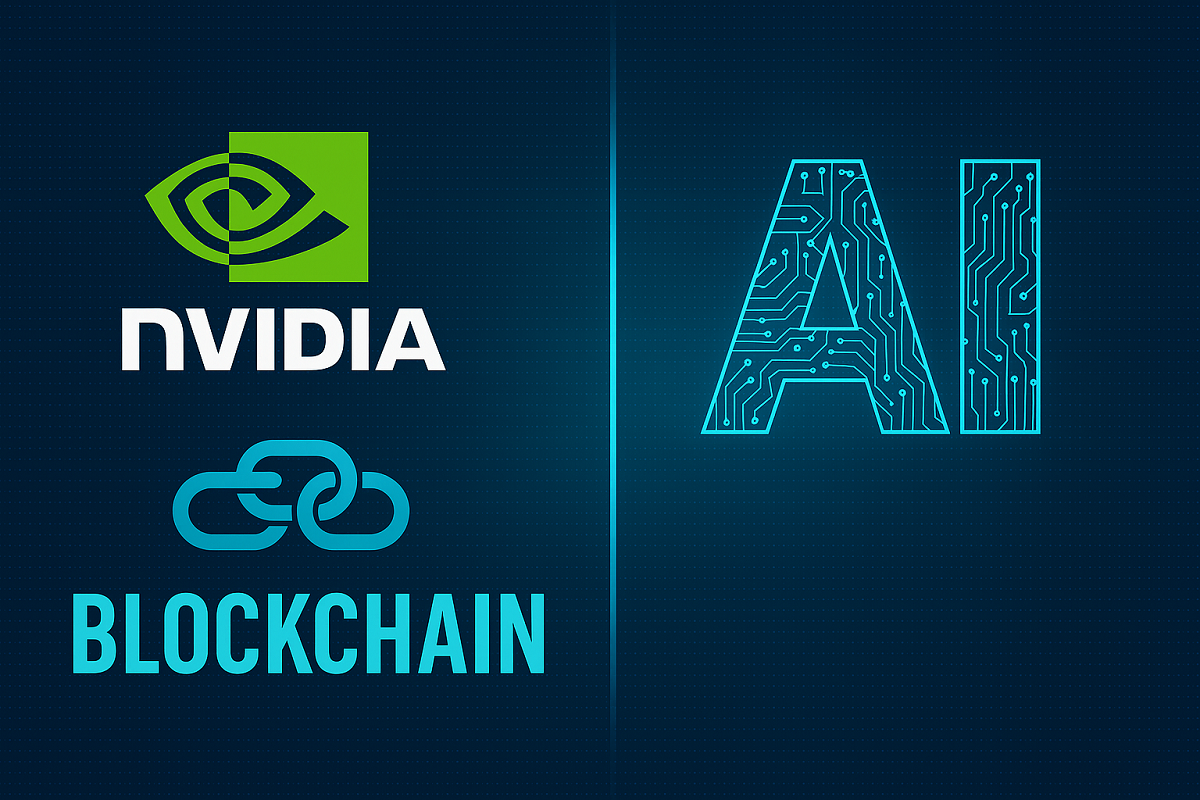Blockchain Technology: Revolutionizing Digital Transactions
In recent years, blockchain technology has emerged as a groundbreaking force, reshaping the world of digital transactions. Offering a secure, transparent, and decentralized way to conduct and record exchanges, blockchain is poised to redefine how we transfer value, manage data, and ensure trust in the digital era. This article explores the fundamental aspects of blockchain technology, its potential to revolutionize digital transactions, and the transformative changes it may bring to various industries.
Understanding Blockchain: The Backbone of Digital Transactions
At its core, blockchain is a decentralized, distributed ledger technology (DLT) that records transactions across multiple computers, creating an immutable and transparent history of all exchanges. Unlike traditional centralized systems where a single authority manages the data, blockchain operates on a peer-to-peer network, where each participant (or node) has access to the same version of the ledger. This structure ensures that no single party controls the transaction history, enhancing trust and reducing the risk of manipulation or fraud.
Each transaction on a blockchain is packaged into a “block,” which contains essential data such as the transaction details, timestamps, and a cryptographic hash of the previous block. These blocks are linked together in chronological order, forming a “chain” that cannot be altered without changing every subsequent block, a nearly impossible feat due to the cryptographic techniques used. This ensures that once data is recorded on the blockchain, it is permanent, secure, and tamper-proof.
This decentralization, combined with blockchain’s inherent transparency, makes it an ideal solution for digital transactions across various sectors. With blockchain, users can verify transactions independently, without the need for intermediaries such as banks or payment processors, making the system faster, more efficient, and less prone to errors.
Enhancing Security and Transparency in Transactions
One of the most compelling aspects of blockchain technology is its ability to enhance the security and transparency of digital transactions. By employing advanced cryptographic techniques, blockchain ensures that each transaction is both verifiable and secure from fraud. Each block in the chain contains a unique cryptographic hash of the previous block, creating a robust security structure that makes altering any information extremely difficult.
In addition, the decentralized nature of blockchain ensures there is no single point of failure, significantly reducing the risk of data breaches and cyberattacks. Because all participants in the network maintain a copy of the blockchain, any attempt to manipulate a transaction or block is easily detected, fostering a system of accountability.
Transparency is also a key feature of blockchain. Every participant in the network can access the same version of the ledger, making all transactions visible and verifiable. This public ledger system promotes trust and accountability, as no one can manipulate the records without detection. This high level of transparency is particularly valuable in industries like finance, healthcare, and supply chain management, where data integrity is crucial. For example, in healthcare, blockchain can be used to maintain patient records securely, ensuring that they are not tampered with while still being accessible to authorized parties.
Reducing Costs and Increasing Efficiency
One of the most significant advantages of blockchain technology is its potential to dramatically reduce costs and increase the efficiency of digital transactions. By eliminating the need for intermediaries—such as banks, clearinghouses, or payment processors—blockchain simplifies the transaction process and reduces the associated fees. Traditional payment systems can involve multiple layers of intermediaries, leading to higher transaction costs, slower processing times, and increased risks of errors. Blockchain, by contrast, enables peer-to-peer transactions that bypass these intermediaries, resulting in faster and cheaper exchanges.
Cross-border payments, in particular, stand to benefit greatly from blockchain technology. Traditional international money transfers often involve lengthy processing times, high fees, and multiple intermediaries, especially when different currencies are involved. Blockchain can streamline these processes, allowing for near-instantaneous, low-cost transfers between parties in different countries, regardless of their local currencies. One of the most notable examples of this is Ripple (XRP), which uses blockchain to enable fast and low-cost international money transfers, disrupting the traditional banking sector.
In addition to reducing transaction costs, blockchain also facilitates the use of smart contracts—self-executing contracts where the terms of the agreement are written directly into code. Smart contracts automatically execute transactions when predefined conditions are met, eliminating the need for manual oversight and reducing the potential for human error. For example, in real estate transactions, a smart contract could automate the transfer of property ownership once both parties meet the agreed-upon conditions, significantly speeding up the process.
Potential Challenges and Considerations
While blockchain technology offers numerous advantages, it is not without its challenges. One of the most pressing issues is scalability. As blockchain networks grow, they can face difficulties handling a high volume of transactions efficiently. For example, Bitcoin’s proof-of-work consensus mechanism can result in slower transaction speeds and higher fees when the network is congested. Several blockchain projects, including Ethereum, are working to address scalability through various solutions, such as sharding and layer 2 scaling solutions, which aim to increase transaction throughput and reduce costs.
Another concern is the energy consumption associated with blockchain networks, particularly those that use proof-of-work algorithms. Bitcoin, for instance, requires significant computational power to validate transactions, which has led to environmental concerns due to the large amount of electricity consumed. However, alternative consensus mechanisms like proof-of-stake, used by networks like Ethereum 2.0, are being developed to reduce energy consumption and make blockchain more environmentally sustainable.
Regulatory uncertainty is another challenge facing blockchain technology. Governments around the world are still determining how to regulate blockchain and cryptocurrency activities. While some countries have embraced blockchain and cryptocurrency with open arms, others have imposed strict regulations or outright bans. This lack of regulatory clarity can create uncertainty for businesses and investors, slowing down the adoption of blockchain technologies.
Lastly, while blockchain offers enhanced security, it is not entirely immune to vulnerabilities. Attacks such as 51% attacks, where a malicious party gains control over more than half of the network’s computational power, can potentially compromise the integrity of the blockchain. Additionally, smart contract bugs or vulnerabilities in decentralized applications (dApps) can expose users to risks. As the technology continues to evolve, it will require ongoing innovation to address these vulnerabilities and ensure its robustness.
The Future of Blockchain: A Digital Revolution
Despite these challenges, blockchain technology holds immense promise for transforming digital transactions and numerous industries. As blockchain continues to mature, we are likely to see further advancements in areas such as supply chain management, banking, digital identity verification, voting systems, and intellectual property rights. For example, IBM’s Food Trust Blockchain is already being used by global food suppliers to track the provenance of food products, ensuring safety and transparency across the supply chain.
In the financial sector, blockchain has the potential to reshape the way we conduct business. Central bank digital currencies (CBDCs), which are government-backed digital currencies powered by blockchain, could revolutionize the traditional banking system, making payments faster, cheaper, and more secure. Already, countries like China, Sweden, and the European Union are exploring or piloting CBDC initiatives.
Blockchain’s potential goes beyond just transactions—it could become the foundation for decentralized digital ecosystems, where users have greater control over their data, privacy, and digital identities. As blockchain adoption increases, it may lead to a more decentralized internet, often referred to as Web 3.0, where users can interact directly with decentralized applications (dApps) without relying on centralized platforms like Facebook or Google.
Conclusion
In conclusion, blockchain technology represents a significant leap forward in the evolution of digital transactions. By offering unparalleled security, transparency, and efficiency, blockchain has the potential to disrupt traditional systems across multiple sectors, from finance and healthcare to supply chains and beyond. While challenges remain, the technology’s continued development and adoption promise to usher in a more secure, efficient, and decentralized digital economy.
As blockchain evolves and matures, its influence will only continue to grow. By addressing its current limitations and leveraging its transformative potential, blockchain technology is poised to reshape the future of digital transactions, creating a more inclusive, transparent, and efficient world for all.



